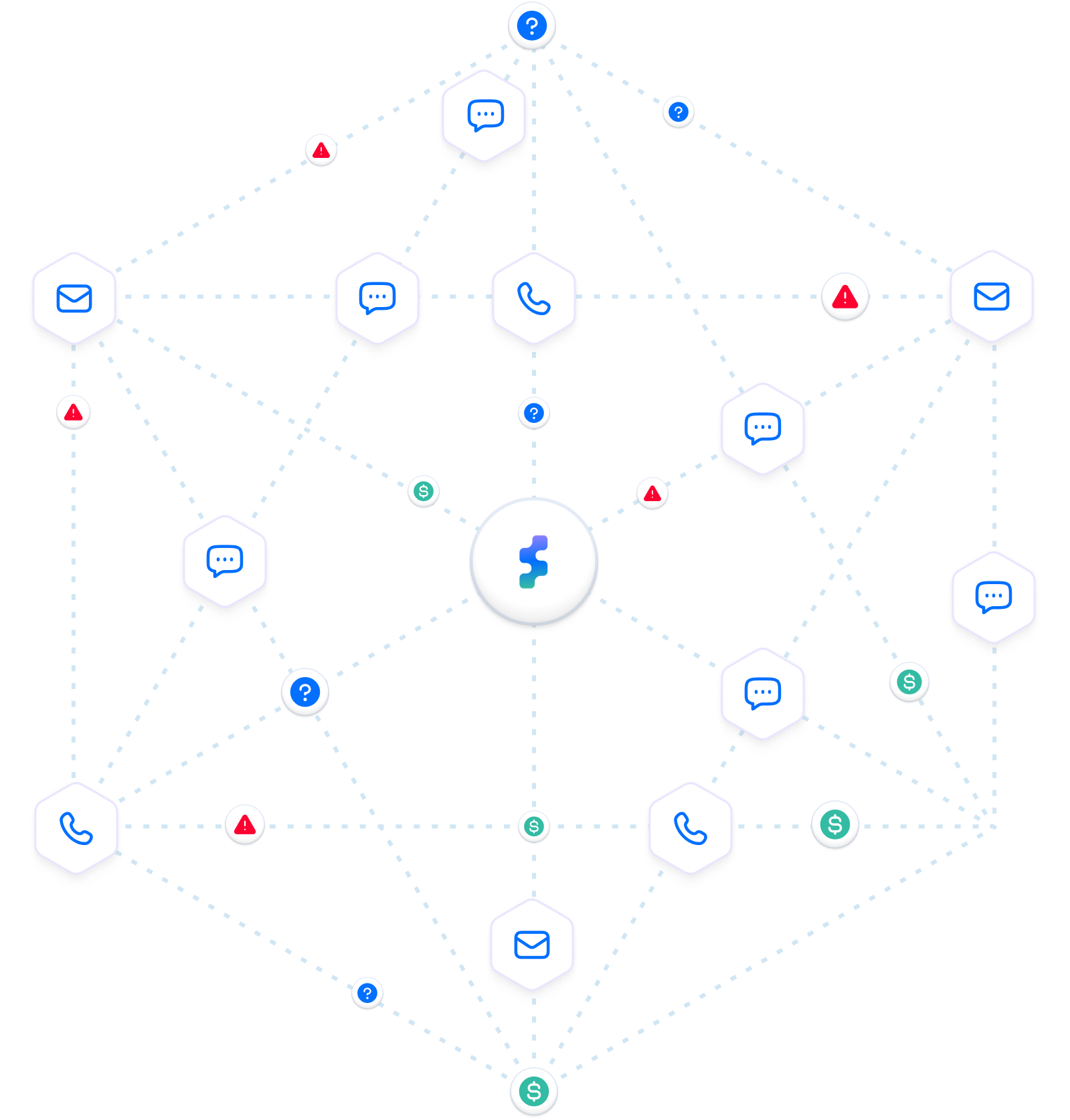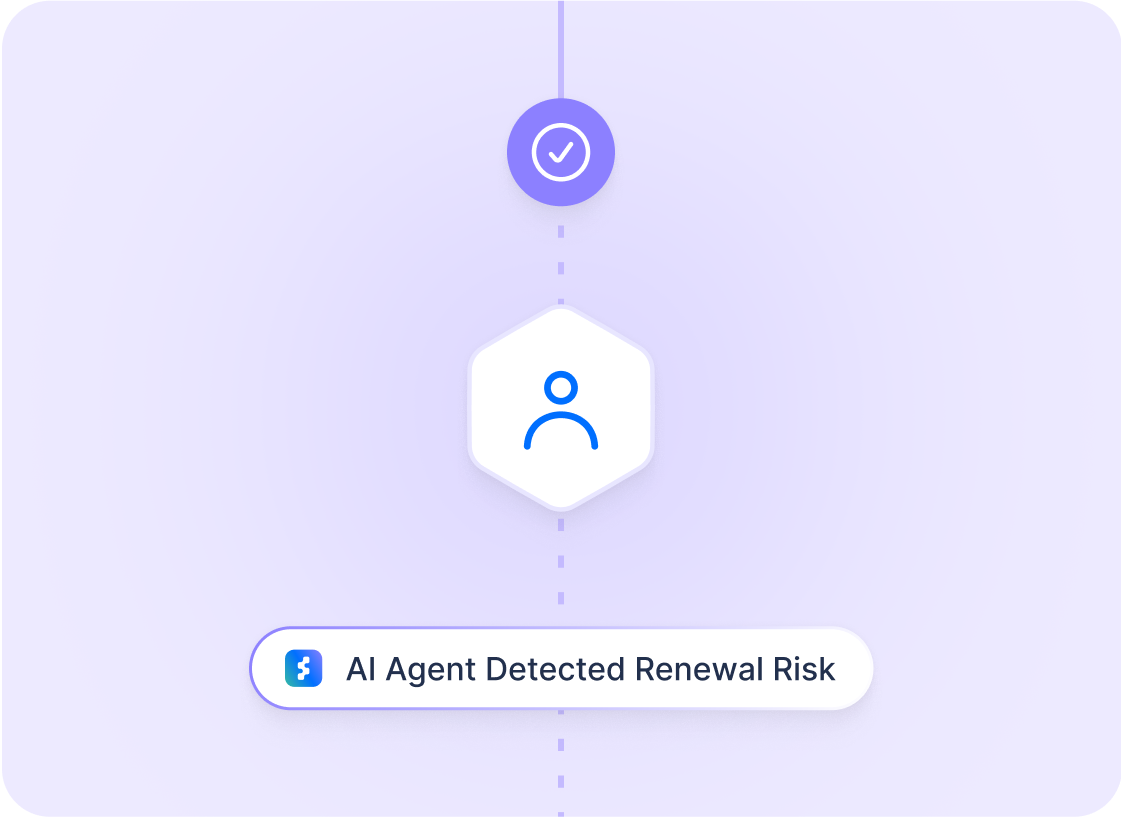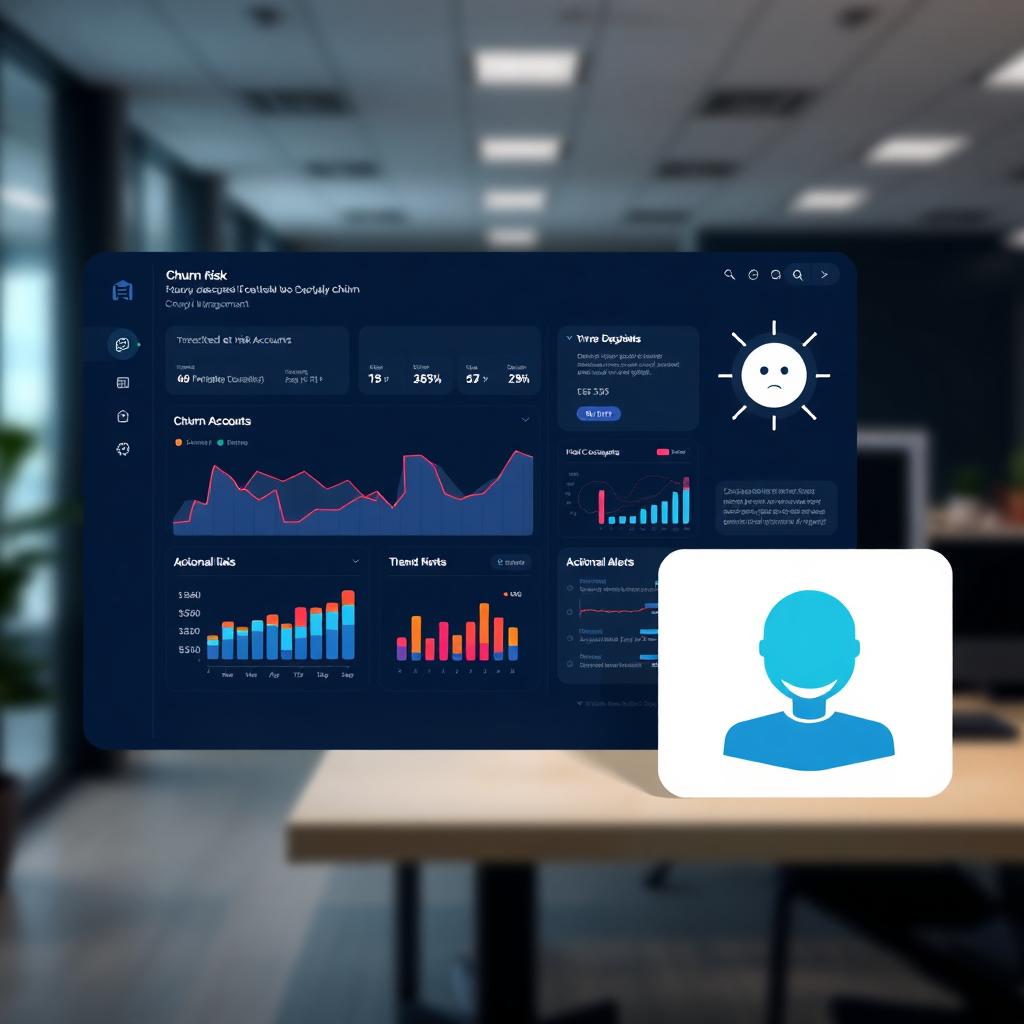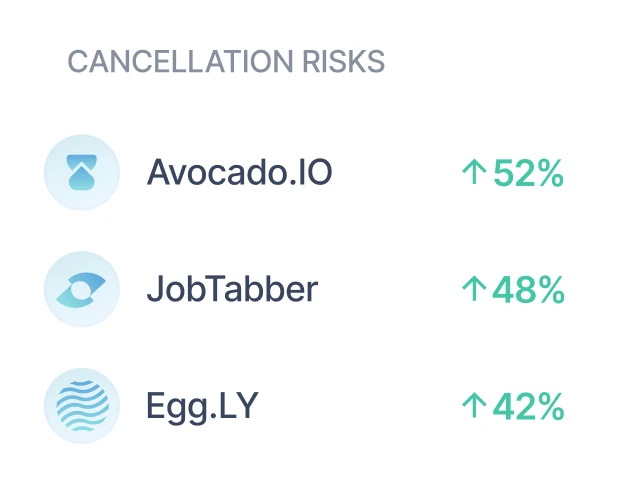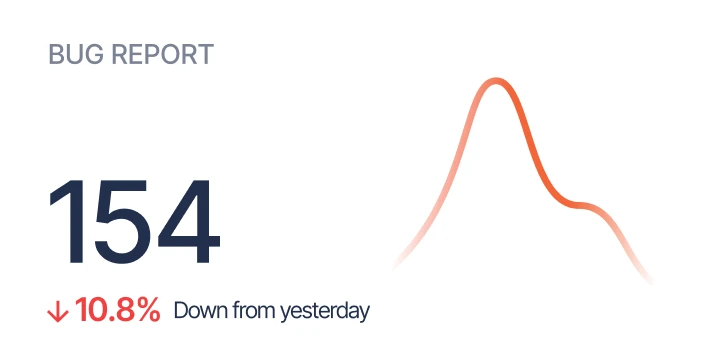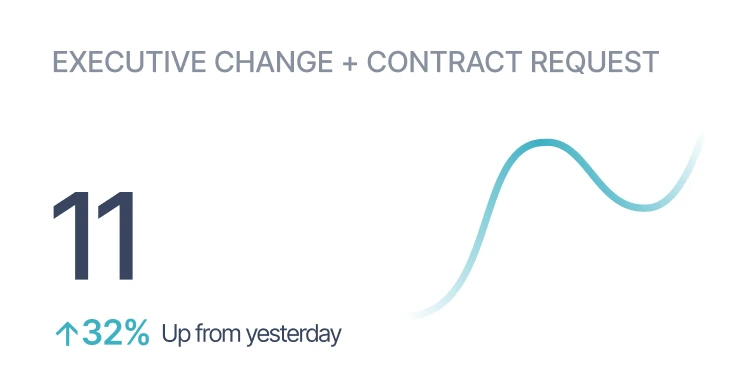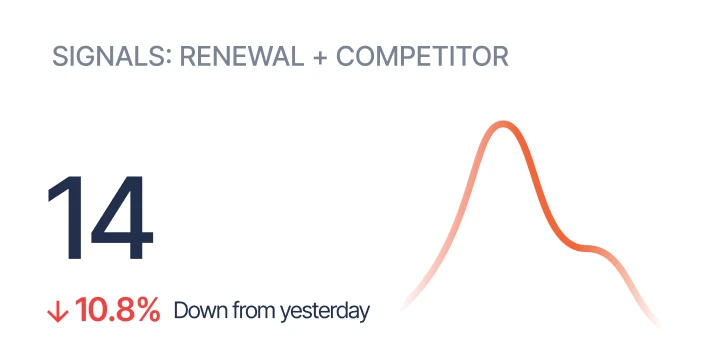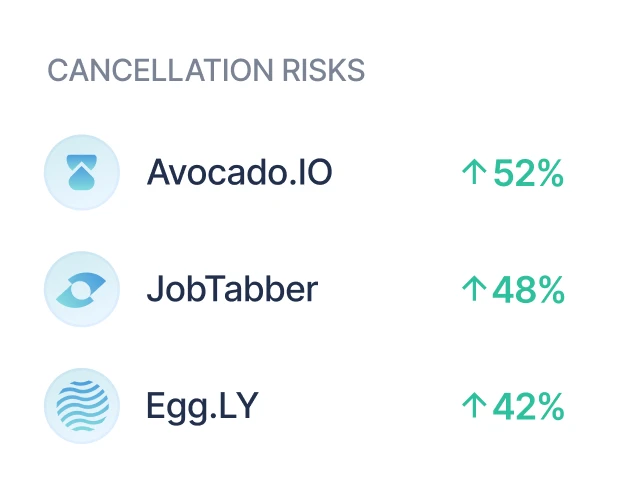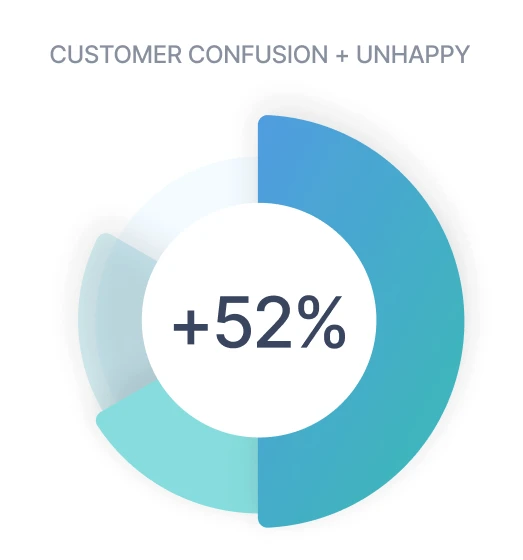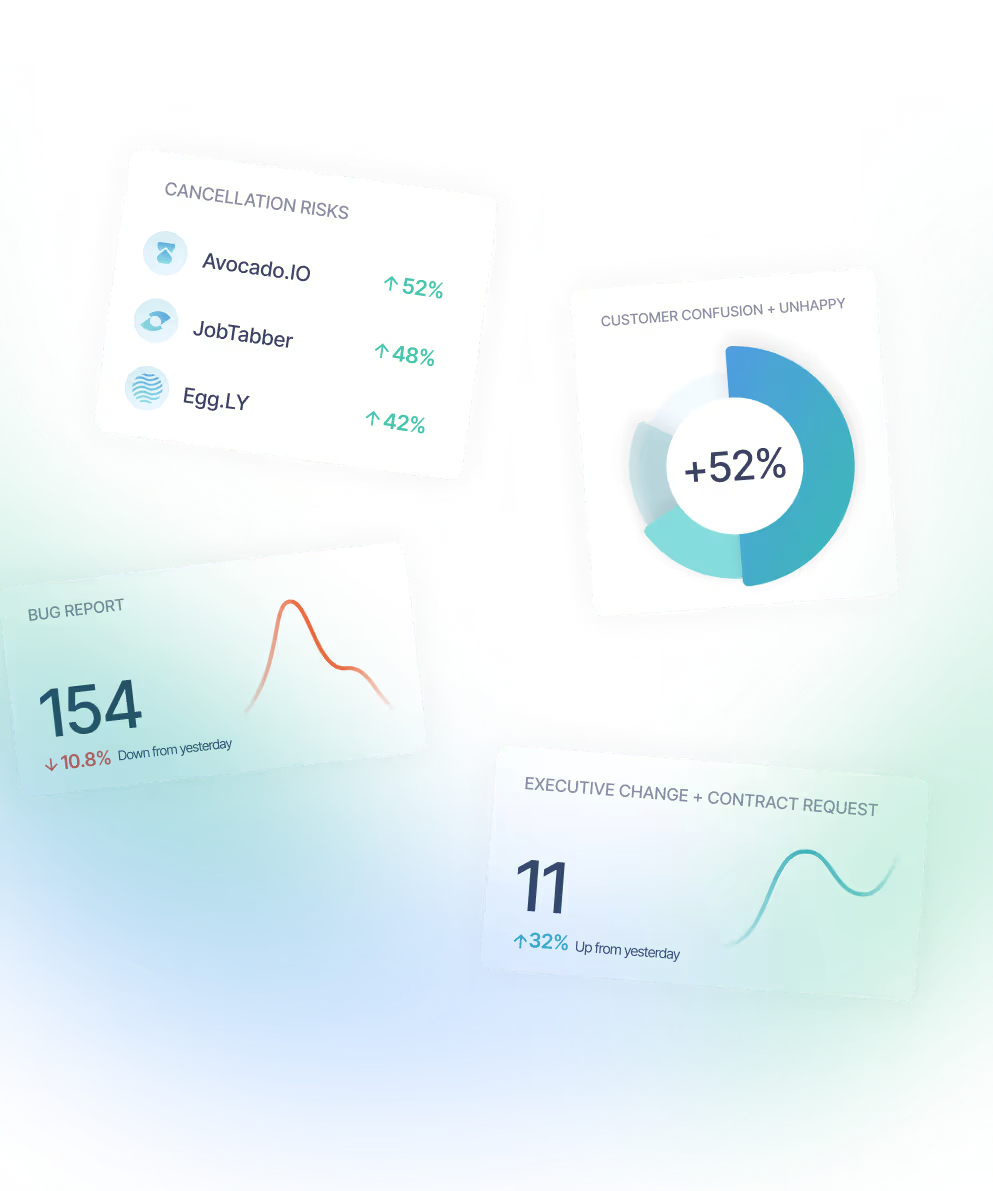Subscription businesses operate on the foundation of customer retention, and even small losses can have outsized impacts on profitability. Traditional methods such as surveys or quarterly reviews often fail to capture early signs of churn, leaving companies reacting too late. Sturdy addresses this challenge by applying AI-driven analysis to customer communications, transforming scattered interactions into structured data that organizations can act on immediately. The following sections outline how Sturdy automates churn risk detection, integrates alerts into everyday workflows, and quantifies its financial and operational impact.
Converting Communications into Churn Intelligence
Sturdy transforms unstructured conversations into structured signals that reveal churn risks. The platform ingests data from a broad set of customer channels, including Gmail, Slack, Zoom, Salesforce, HubSpot, Gainsight, Zendesk, ServiceNow, and Jira, and normalizes this data into a unified “signal stream” [1]. Each sentence is tagged with metadata such as churn risk, sentiment, and feature requests, which converts what would otherwise be inaccessible content into analytics-ready information. Sturdy reports that up to 80 percent of unstructured business data becomes usable when processed through its models [2]. By embedding natural language processing and classification directly at the ingestion stage, companies can surface early indicators such as dissatisfaction with features, billing disputes, or executive turnover before they escalate. This systematic data conversion addresses the challenge of fragmented communication streams and allows enterprises to see churn precursors that surveys and account reviews fail to capture.
Real-Time Alerts and Seamless Workflow Integration
Churn detection becomes impactful when surfaced in the tools where teams already operate. Sturdy automatically routes alerts into collaboration and task management systems, such as posting signals into Slack or Teams or logging actionable items directly into Jira with associated account context and revenue metrics [3]. Configurable AI agents allow companies to define new triggers without model retraining, adapting detection rules to emerging churn patterns [4]. These alerts can instantly create tickets in CRMs or project management tools, reducing response time and ensuring no churn signal is overlooked. One connector, Sturdy for Jira, automatically categorizes feature requests and bug reports, embedding revenue context directly into product planning. By embedding alerts in familiar workflows, renewal, support, and product teams are informed at the moment risk arises, allowing targeted interventions rather than reactive account reviews.
A practical scenario demonstrates this process: a customer raises repeated concerns about billing through email while also expressing dissatisfaction in a Zoom call. Sturdy collects and classifies these comments, flags the communication as a churn risk, and posts an urgent alert to the finance and customer success teams. Jira receives a task to resolve the billing issue with account context and annual revenue at stake, while Slack notifies the success manager in real time. By the time the renewal conversation begins, the risks have already been addressed, and retention remains protected.
Quantifying Retention and Efficiency Gains
Automated churn detection directly influences customer lifetime value and operational efficiency. Sturdy case studies document a 100 percent retention rate across more than 100 accounts for one client and a 30 percent month-over-month retention improvement in only six weeks for another [5]. Industry benchmarks highlight the economic importance of such outcomes, as even a 5 percent reduction in churn has been associated with profit increases of up to 95 percent [6]. Operational data also indicates measurable efficiency gains, with Sturdy estimating that automating data entry saves roughly 87 hours per representative annually, translating to $354,000 for a 100-person team [7]. Alongside transformation of customer success processes, the scale of analysis supports enterprise use: since 2021 the system has processed 3.2 billion words from 31.1 million conversations [8]. These figures illustrate both the retention upside and the operational savings generated by proactive churn risk alerts.
Sturdy demonstrates that unified customer communication analysis leads to proactive churn prevention, operational efficiency, and measurable revenue protection. Automated alerts make early risks visible inside daily workflows, while data conversion ensures no interaction is lost as unstructured noise. For enterprises advancing subscription models, the logical next consideration is integrating churn risk intelligence alongside existing customer health metrics and decision-making frameworks, ensuring customer engagement strategies are built on timely and structured insight.
- Unified signals transform hidden churn risks into actionable data
- Real-time alerts activate interventions within existing work systems
- Documented retention and efficiency outcomes demonstrate ROI
References
[1] sturdy.ai • [2] sturdy.ai • [3] sturdy.ai • [4] sturdy.ai • [5] sturdy.ai • [6] prnewswire.com • [7] sturdy.ai • [8] sturdy.ai
